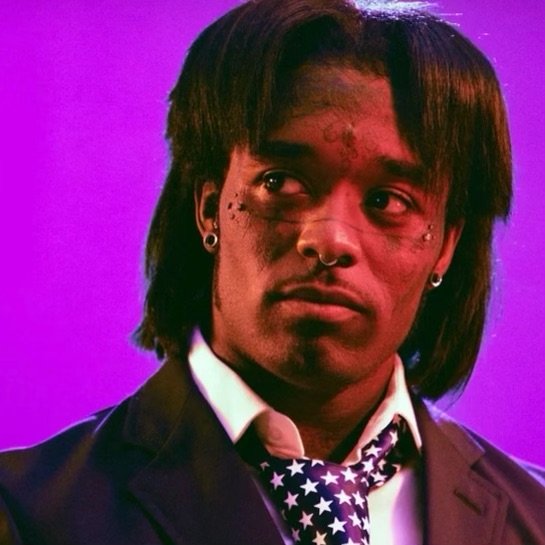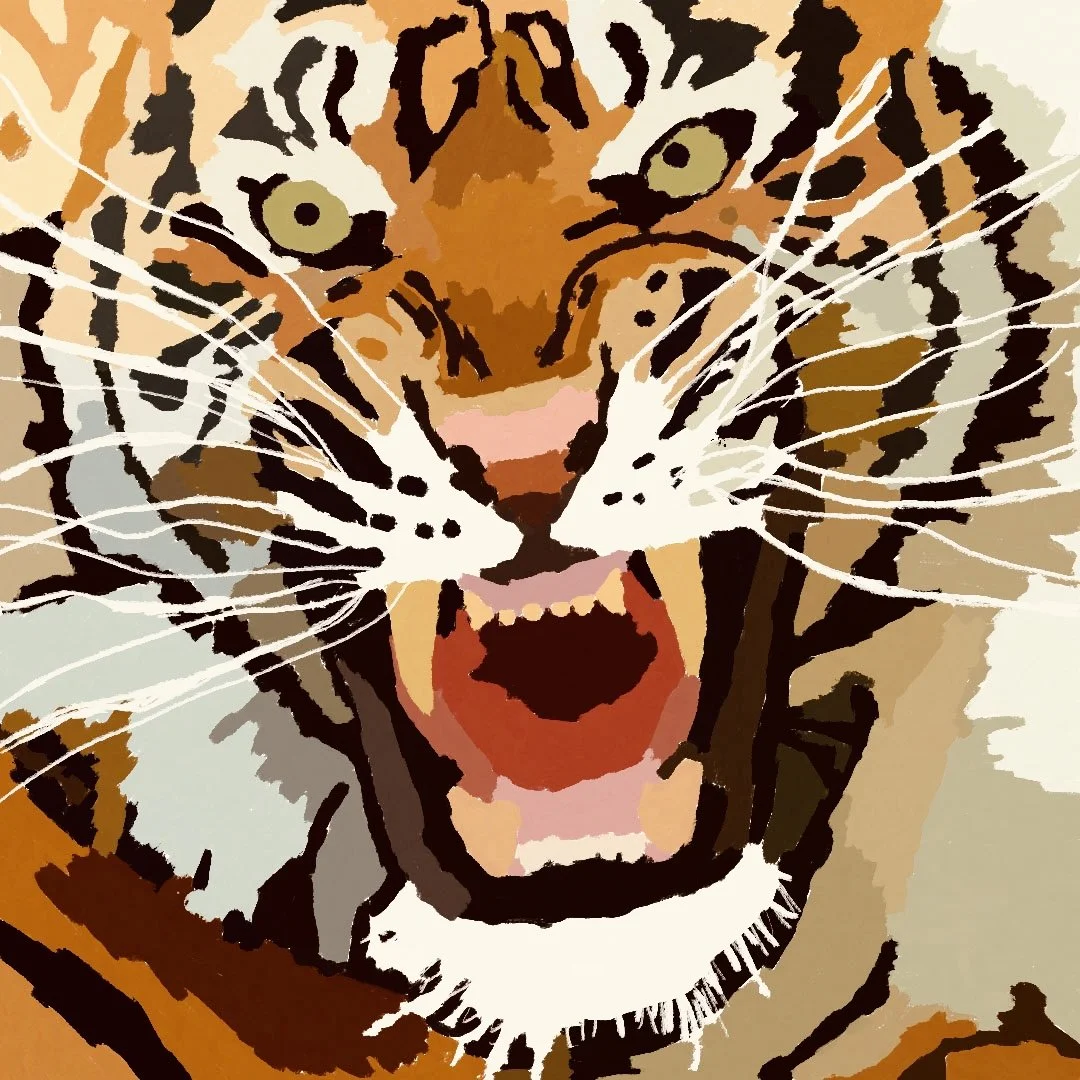Background Information:
Designing eye-catching Album covers and wallpapers can be difficult when presented with only a raw image. My goal was to create graphics that were fit for the entertainment industry and capture the branding and excitement that goes along with it. While raw images themselves can grab someone's attention, when artistic and creative elements are added it often enhances the user's interactions especially on social media platforms.
These graphics are often created using Adobe software because Adobe has a suite of tools that are widely used in the creative industry and are known for their versatility. Adobe Photoshop, for example, is a powerful image editing tool that allows designers to manipulate images, adjust colors, and create special effects. This makes it ideal for designing album covers and wallpapers that require visually stunning imagery.
Adobe Illustrator, on the other hand, is a vector graphics editor that allows designers to create scalable illustrations, logos, and graphics. This makes it ideal for designing high-quality graphics that can be resized and adapted for various purposes, such as album covers and wallpapers.
Adobe InDesign is a desktop publishing software that allows designers to create layouts for print and digital media, making it ideal for designing album covers and wallpapers that require precise layout and typography.
Original
My Version
















The Process
1.Understanding the style:
Before starting design, making sure to have a deep understanding of the music or sport. This will help with creating an album cover or wallpaper that accurately reflects the aesthetic or brand
2.Choosing the right images:
Selecting high-quality images that are relevant to the musical artist, sports team, etc. Using original photos or illustrations that capture the mood and tone.
3.Using typography effectively:
Choosing fonts that are legible and complement the overall design. Using different font sizes, weights, and styles to create visual interest and hierarchy.
4.Using color to create mood:
Choosing a color scheme that reflects the mood and tone. Using complementary colors to create contrast and visual interest.
5.Creating a focal point:
Using design elements such as images, typography, and color to create a focal point that draws the viewer's eye and communicates the main message of the piece.
6.Using negative space:
Using negative space to create balance and visual interest. Negative space can help highlight key design elements and create a sense of depth.
7.Creating mockups:
Before finalizing the design, creating mockups and a variety of work in different formats and sizes. This will help ensure that the design works well across different platforms and devices.
8.Getting feedback:
Lastly, getting feedback from a figure in the industry, another designer, or even a potential stakeholder can ensure the design accurately reflects the brand identity.
Learnings and Solutions:
Being a successful designer in the entertainment industry requires a combination of creativity, technical skill, and business acumen. This Includes having a variety of Adobe skills to create visual content that engages and captivates their audience.
In addition, having a range of work that demonstrates a strong knowledge of the industry as a whole. It is also important to stay up to date with industry trends and be willing to adapt: The entertainment industry is constantly evolving, and it's important to stay up to date with the latest trends in design, technology, and marketing.
Lastly, as a sports enthusiast myself, being passionate always helps. As someone who watches and engages with music and sporting events it is easy to stay motivated and inspired when doing this type of work, even when a project becomes challenging.
Listen up!
Listen here to one of the most iconic beatles albums and view thier cover in comparison. The Most. challenging thing about this project was using the quick select and heal tool to get rid of some their long wavy hair 😂



